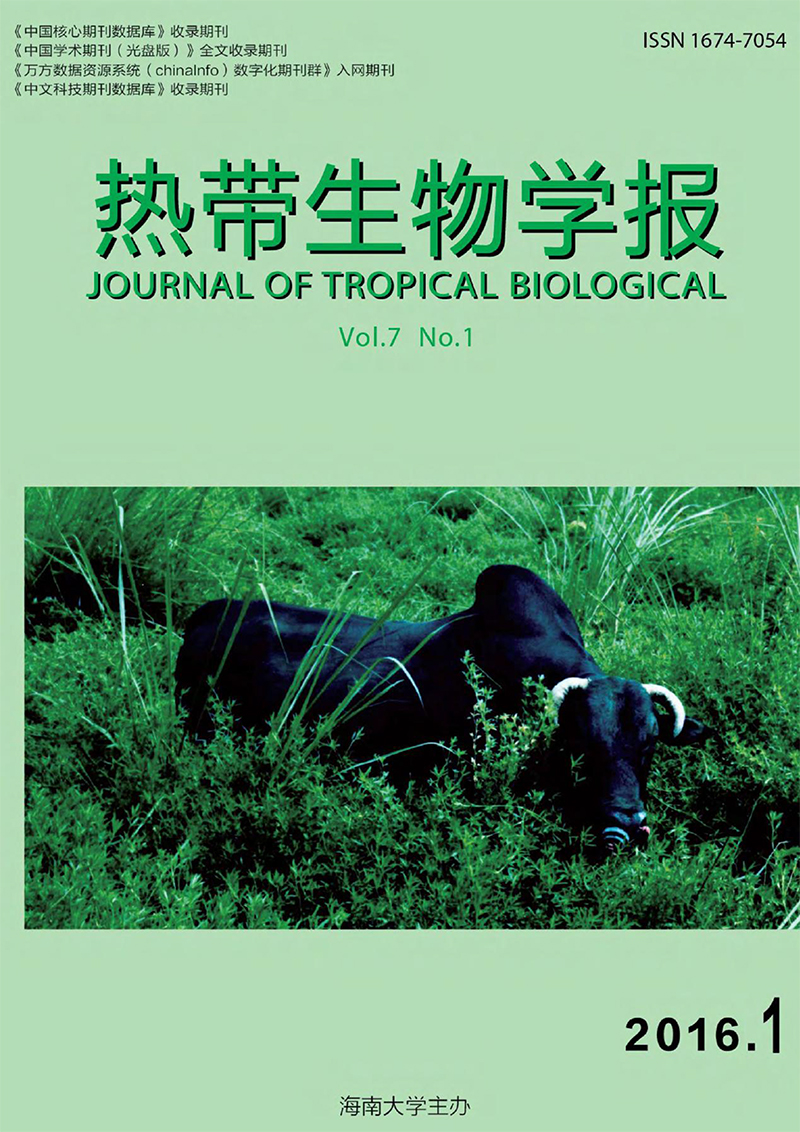The Pathogenicity of Vibrio Harveyi and White Spot Syndrome Virus to Penaeus Merguiensis Larva
doi: 10.15886/j.cnki.rdswxb.2016.01.001
- Received Date: 2015-03-16
-
Key words:
- Penaeus merguiensis /
- White Spot Syndrome Virus /
- Vibrio harveyi /
- immersion infection
Abstract: Penaeus merguiensis larva were immersion infected with Vibrio harveyi and WSSV,both single or combined,at different concentrations under different levels of salinity or different temperature to study its mortality and its load of WSSV. The P. merguiensis larva were found to have 100% mortality after immersion infected with the highest concentration of the V. harveyi at 48h,97% mortality after injected with the highest concentration of the WSSV at 96h. The acute changes of salinity decreased the pathogenicity of V. harveyi and WSSV to shrimp larva. The P. merguiensis larva was more vulnerable to infection of V. harveyi than WSSV under 32 ℃,and the WSSV resulted in more severe damage to shrimp larva at 26 ℃. Combined immersion infection group resulted in less mortality than the WSSV single immersion infection group at the salinity level of 26 and 26 ℃,which indicated that V. harveyi might inhibit the proliferation of the WSSV in the shrimps.
| Citation: | WANG Gang, SUN Chengbo, CAI Chuanbin, CAO Peixing. The Pathogenicity of Vibrio Harveyi and White Spot Syndrome Virus to Penaeus Merguiensis Larva[J]. Journal of Tropical Biology, 2016, 7(1): 1-9. doi: 10.15886/j.cnki.rdswxb.2016.01.001 |






 DownLoad:
DownLoad: